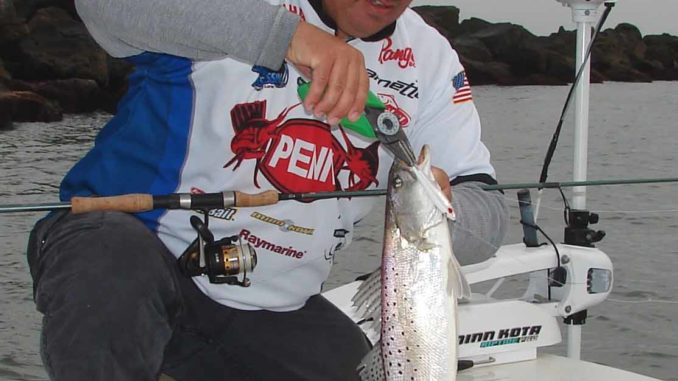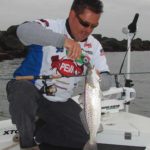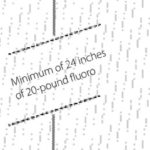
The jetties at Masonboro Inlet are oddities along the North Carolina coast, where most inlets aren’t lined with the stone structures.
The Masonboro Inlet jetties were not originally constructed as a pair. The north jetty — 3,639 feet of metal weir and stone — was completed in 1965. With only one north jetty, the inlet continued to shift and erosion plagued the island. The south jetty was completed in 1980. It is all rock and runs seaward 3,450 feet from Masonboro Island.
Soon after the south jetty was completed, the Masonboro Inlet channel stabilized, and the inlet quickly developed a reputation as one of the best in the state. Not only did the jetties stabilize the inlet, they created premium habitat for a variety of fish. Everything from flounder to grouper has been caught along them. Fishermen have capitalized on this and often fish along the inside and outside of the jetties.
The rocks that stabilized the inlet have nooks and crevices that allow predators to hide out of the current and be ready to dart out and grab any unsuspecting baitfish swept close by the tides. While there are fishing opportunities al
The jetties become more of a focal point as the water cools each fall. Several species that garner a lot of fishing attention include speckled trout, red drum, black drum, and flounder. Bluefish, gray trout, and sheepshead are also caught there.
The purpose of the Masonboro Inlet Jetties was to stabilize the inlet, control beach erosion, and provide safe access to the ocean and they do that well. The good fishing is simply a by-product, but no one complains.







Be the first to comment